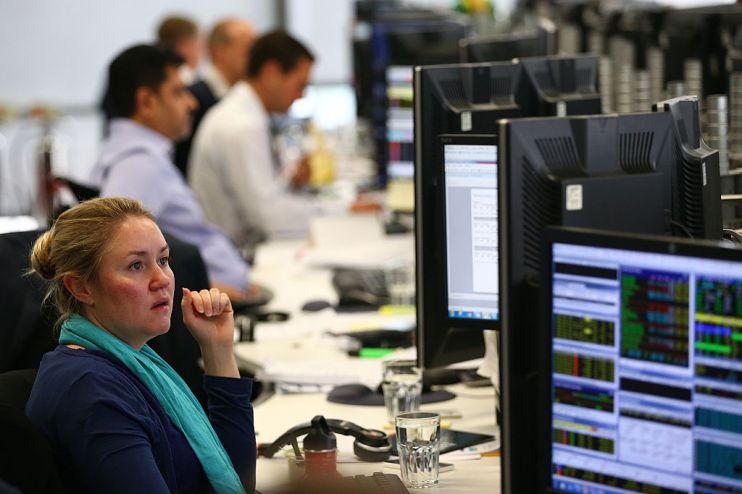Big Bang 2.0 will only succeed with a revolution in the back-office of financial services

Negative news about the new post-Brexit challenges for the UK’s financial services currently dominates headlines. The market structure is still far from settled ahead of upcoming talks between the UK and the EU on equivalence.
Whatever level of equivalence is agreed upon will dictate the direction for UK financial services, with some eyeing up an opening to de-regulate markets and diverge from EU directives. But is the prospect of sweeping deregulation and change in the UK a workable one?
Recently, the Chancellor of the Exchequer spoke about the opportunity for Britain’s financial sector to undertake a ‘Big Bang 2.0’ once people return to the office – itself a bold prediction as people continue to shelter at home from the pandemic.
However, the de-regulation and technological innovation of the 1980s that cemented the City as a global financial capital doesn’t apply in the same way.
Read more: The City’s Big Bang 2.0 might well be green-powered
Memories of the global financial crisis are still fresh in many people’s minds, and given the current economic situation there is little appetite for regulatory upheaval. With the potential for new or updated regulations – applying not just in the UK and the EU but globally – there may well be just as many, if not more, rules to adhere to than exist currently, in order to maintain harmony between the world’s large financial markets.
Back in 1986, sweeping changes were made, with a lot of attention paid to de-regulation. Perhaps the most transformative change was the switch from open outcry to electronic, screen-based trading. With this came new capabilities for the front office as electronic processes led to greater automation of trading. But what should a Big Bang 2.0 look like? While the front office has been at the forefront of so much change and investment in recent decades, it is in the back office and under the bonnet of the financial markets where the innovative spirit of the 80s is crucially needed today.
Somewhat of an unloved ugly duckling within banks, post-trade processes – the plumbing of the financial markets – have not benefited from the investment needed to bring it on par with the trading desk. The reasons for this seemed obvious, as the front office was seen as the place where money was made. However, with ever-more complex regulations, the back office can now play a key part in not only in improving efficiency across the business but also in optimising costs.
As with the first ‘Big Bang’, technological innovation is crucial. Cloud technology can help reduce the total cost of ownership for new services and AI can turbo-boost back office processing. Take financial transaction taxes (FTT) for example. The idea of an FTT in Europe and in the US has been thrown about a lot recently and, if introduced, would affect UK firms buying and selling in scope securities in these regions.
While the initial instinct would be to focus on the cost implications of the tax itself, the process required to capture and track the tax data in order to meet compliance requirements is potentially very costly. However, once the core trading data and solutions are centralised and accessible, AI can be used to intelligently predict the activity and performance of post-trade functions and fuel better decision making so as to reduce the operational burden involved. There will still be taxes to pay, but reducing the other costs associated will certainly help.
Read more: All eyes are on the Bank of England today
Post-trade innovation is also an important issue at the Bank of England, which currently has a plate full of important issues to worry about. This report released in June 2020 from the Post-Trade Technology Market Practitioner Panel concluded that there is significant scope for improvements in efficiency and resilience in post-trade processes. From know your client (KYC), through collateral management to standardisation of non-economic trade data, much can be done to optimise the workflow.
Any new iteration of ‘Big Bang’ must look to the new technologies available today, including cloud and AI, to automate the capture and processing of trade data. If the industry can channel the technological innovation available today and the energy for change it applied 35 years ago, the back office can become a significant contributor to companies’ top line growth and performance at a time when businesses face challenges on so many fronts.